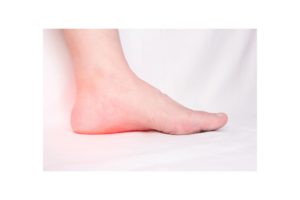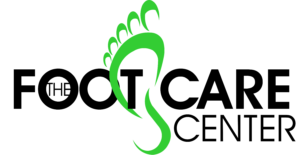 Pain on the bottom of the heel could be coming from what’s known as a heel spur. A similar thing can happen on the back of the heel. Approximately, 50% of people who have pain on the bottom or back of the heel, have a heel spur. Some can be quite large.
Pain on the bottom of the heel could be coming from what’s known as a heel spur. A similar thing can happen on the back of the heel. Approximately, 50% of people who have pain on the bottom or back of the heel, have a heel spur. Some can be quite large.
In simple terms, a heel spur or bone spur is the accumulation of calcium on the edge of a bone. A bone spur like this can only be diagnosed with an x-ray. Genetics certainly play a factor in determining who is susceptible to heel spur formation. Certain foot types are also a factor in getting this condition.
Some heels spurs have to be removed because of how painful they are, others can be left alone. Oftentimes, pain on the bottom of the heel is from inflammation of the plantar fascia rather than the spur. Pain on the back of the heel can either be from inflammation of the Achilles tendon, bursitis or a bone spur.
Non-surgical measures are always tried first when a heel spur is diagnosed. In most cases, we are able to eliminate the pain without having to remove the spur. It would make sense that a cushion in the shoe either on the bottom or the back would ease the discomfort from a spur but rarely is that the case. If your heel doesn’t have a nice thick fat pad then a cushion in your shoe is a good idea.
Shoe brands such as Hoka, New Balance and Brooks can be helpful in alleviating some of the pain from a heel spur. Some people get relief from sandal brands such a Birkenstock, Vionic, Keen, or Oofos. Custom orthotics have been proven to relieve the pain of a heel spur.
If you are experiencing pain on the bottom or back of your heel, a heel spur could be the cause. Since heel spurs can get larger over time and cause even more pain, it’s in your best interest to get it diagnosed as early as possible. We will always do everything in our power to eliminate your pain with non-surgical measures, before ever considering surgery.



